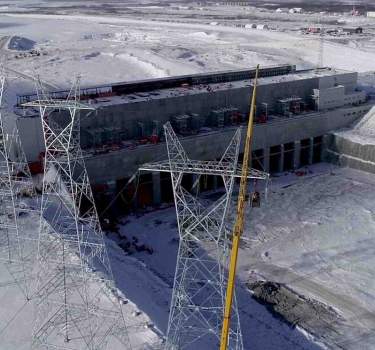Manitoba
Manitoba's infrastructure requires modernizing transportation, enhancing digital connectivity, and strengthen climate resilience.
Manitoba is a province located in central Canada, and it has a diverse and extensive infrastructure network that plays a crucial role in connecting the province's communities and supporting economic development. Manitoba's infrastructure includes highways, bridges, airports, ports, water supply systems, and public transit, among others.
According to the Canadian Infrastructure Report Card (CIRC), Manitoba's infrastructure is generally in fair to good condition, but there is a need for significant investments to address the aging infrastructure and meet the growing demand for services. The CIRC evaluates the condition of the country's infrastructure every four years, and the latest report was published in 2019.
In terms of highways and bridges, Manitoba has over 20,000 kilometers of highways, with approximately 3,500 bridges. The province's highways have a pavement condition rating of 70%, which is slightly above the national average. However, almost 20% of Manitoba's bridges are in poor or critical condition, which is higher than the national average of 14%.
Manitoba has seven major airports, with Winnipeg James Armstrong Richardson International Airport being the largest and busiest. In 2019, the airport handled over 4.5 million passengers and over 140,000 tonnes of cargo. The province's ports, located in Churchill and the Port of Winnipeg, are vital for trade and transportation, particularly for the agricultural sector.
Manitoba's water supply systems provide safe drinking water to over 1.3 million residents, and the province has a strong track record in ensuring compliance with water quality regulations. However, some communities in remote areas still face challenges in accessing safe drinking water due to aging infrastructure and funding limitations.
In terms of public transit, Winnipeg Transit is the province's largest transit system, providing over 43 million passenger trips annually. The system has recently undergone significant upgrades, including the introduction of a rapid transit system and the purchase of new buses.
Overall, while Manitoba's infrastructure is generally in fair to good condition, there is a need for ongoing investment and maintenance to ensure the province's communities can continue to thrive and connect with one another.
